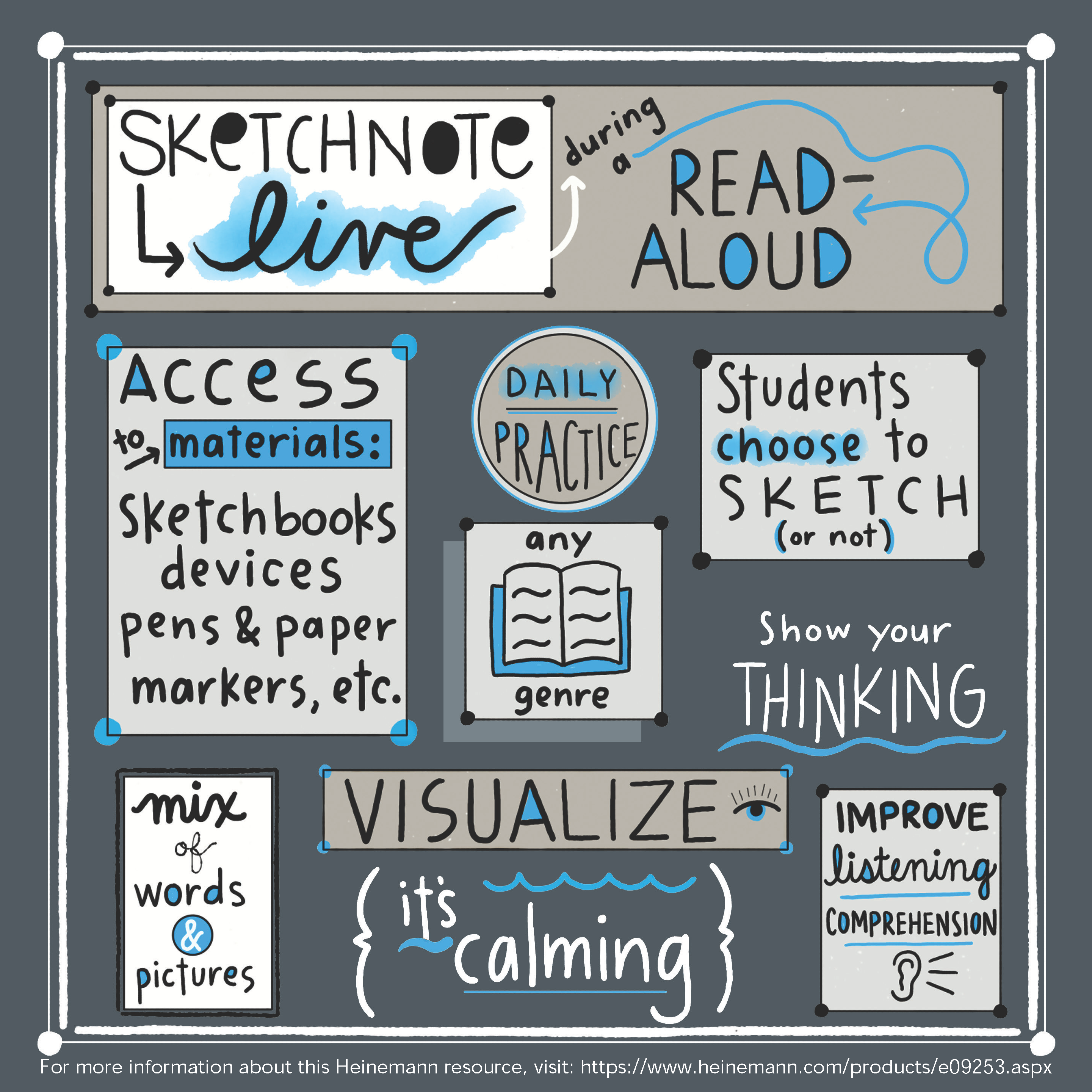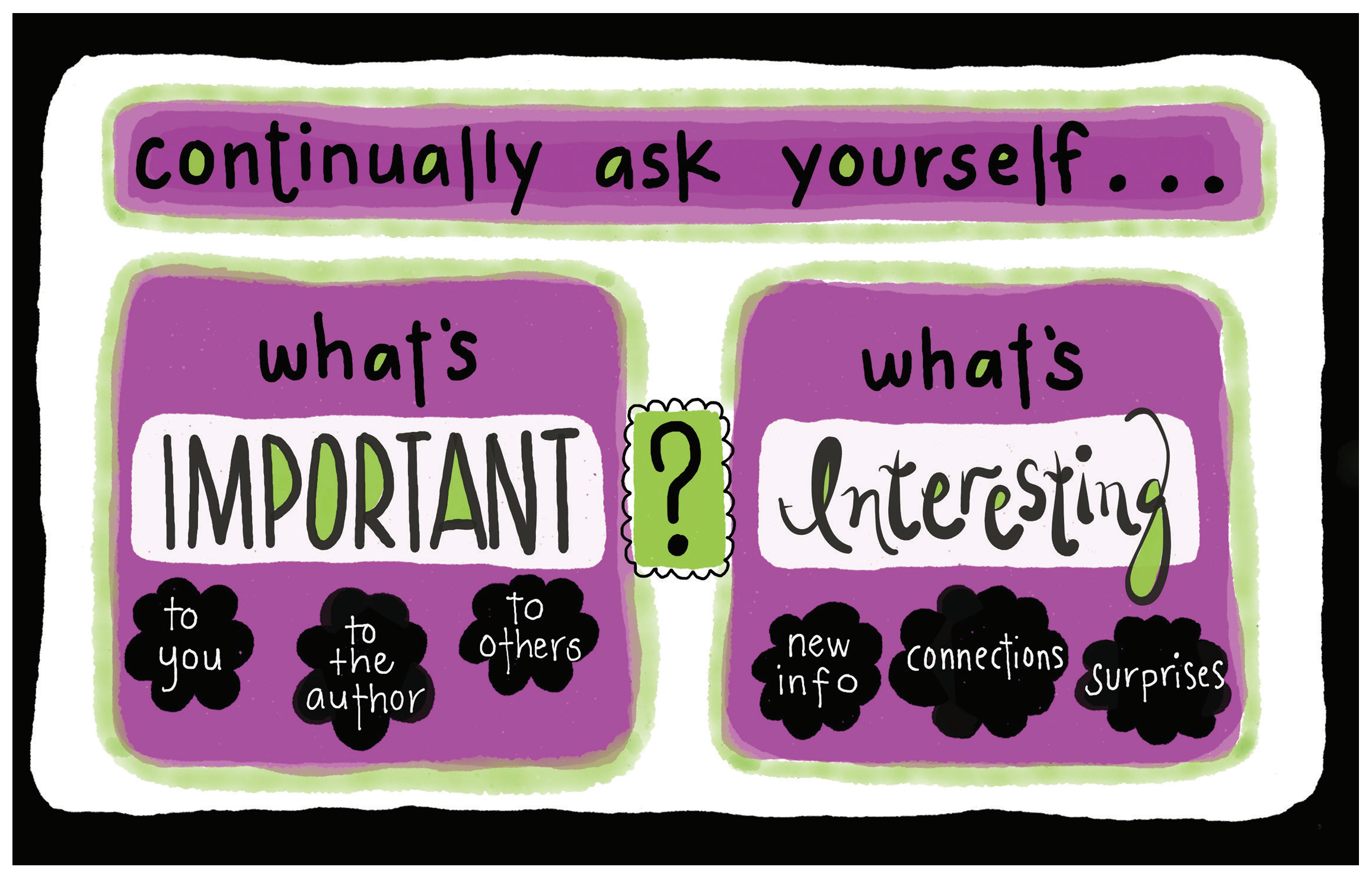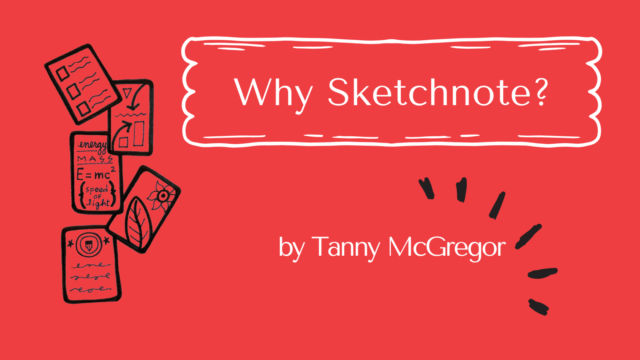
Every teacher I know, myself included, is experiencing a certain yearning right now. We long for irreplaceable, personal connections with students, those face-to-face interactions that are layered with meaning. Yes, we’re discovering ways to continue building those relationships remotely and in hybrid settings, yet something is missing. It’s like there’s a kid-shaped hole in our hearts. It didn’t take long to realize that a read aloud can stand in the gap.
What is it about the read-aloud that connects us?
It’s more than the print on the page or the accompanying images. It’s the sound of the teacher’s voice, the triangulation between the book, the reader, and the listener. In our virtual classrooms, we can still feel this invisible power. What we’re mostly unable to notice now, however, is the body language that might tell us how a child is receiving the text. The tiny frame on the computer screen isn’t enough. With muted microphones, gone are the eruptions of laughter, and the sights and sounds that give us clues about kids’ comprehension. Let’s face it. It’s not the same. There is something we can do, though, that invites the listeners’ reactions and requires few physical materials. We can invite kids to sketchnote during virtual read alouds. The benefits are plentiful, and when given the choice to pick up a pen while listening to a story, many students take us up on the offer.

Introducing Sketchnoting for Read-Alouds
Materials Needed
- Paper or devices
- Colored pencils/pens or stylus
- Short text or picture book
- A way to share your lesson with your students if not in person (such as Zoom, Google Meet, or Screencastify for a live lesson or prerecorded video)
Begin by explaining to students that you’re introducing them to something they might like to try during read-alouds: sketchnoting, a way of using words and pictures together. When I introduce this idea to students, I often say something like: “We can sketchnote for many different reasons and at many different times. When you’re listening to a read-aloud, you might want to sketchnote to help keep your focus or to remember more of what you’re hearing.”
Next, I show the cover of a book I’m about to read aloud. I ask the kids to talk about what the title might mean and what they’re noticing about the front cover design. I remind students that we’re going to make our invisible thinking visible and that the representations we create on paper can be a mixture of words and pictures.
“Hmmm. I’m going to make a quick bank of ideas on this chart. We can use it as we sketch about this book. I’m getting these ideas just from looking at the front and back covers. The ideas from this chart are for us to share. Feel free to use them.” I generate a couple of images that I think we could use while we view the front cover and read the back cover together. I also jot down a few key words so kids don’t get hung up on spelling the names.
Will I always create an idea bank when entering into a new sketchnote experience? No. But an idea bank can be a welcomed support at first.
We want to make this experience pleasurable and help each sketchnoter to feel supported. You might show the kids a sketchmat or some visual organization ideas to spur ideas. Some kids might choose to use a windowpane organizer to help move them across the space while we move through the text. Others might feel more comfortable using the blank space and designing as they go.
Reading and Sketchnoting Together
Just before reading, I often say something like: “Part of what you capture on the page could be events or concepts from the story. The other part could be your reactions, connections, or questions to what you’re hearing. If you get stuck, remember our guiding questions: What’s important? What’s interesting?”

We start out by reading a little, sketching a little. This decelerated pace can refresh us, and when I’m working with students in real time, I feel the atmosphere relax. You might share your sketchnote halfway through or think aloud as you sketchnote. At the end of the read-aloud, encourage kids to share their sketchnotes with the class (they can hold up their work in real time for synchronous learning, or they can post a photo on a shared classroom site if not), view each other’s thinking, and think about their own. The important thing is that a great text is shared, new ideas are generated, and visible thinking emerges on the page. In some ways this seems so simple. Read. Think. Sketch. Repeat. But it is a far cry from the deadly “assign and assess” model of reading. It’s decelerated. It’s thinking-intensive. It’s fun!

Internationally-known teacher and conference speaker Tanny McGregor brings nearly 30 years of professional experience to her popular sessions. Her workshops are known for their creative and engaging style. Originally an elementary school teacher, Tanny has served as a literacy coach, gifted intervention specialist, and preK-12 staff developer.
She is the author of three books, Comprehension Connections (Heinemann, 2007), Genre Connections (Heinemann, 2013), and her newest release, Ink & Ideas (Heinemann, 2018). Tanny was also a contributor to the seminal work, Comprehension Going Forward (Heinemann, 2011). In addition to writing and consulting, Tanny serves as a teacher on special assignment for West Clermont Schools in Cincinnati, Ohio. She and her husband Miles have four daughters and two grandsons.


